Leaves can operate within a broad range of air temperatures while staying under a species-specific temperature threshold to maintain their function. However, with increasing heatwave intensity, temperatures exceeding these thresholds might become more common in the next few years. This has negative impacts on tree physiology and tree health, reducing photosynthesis and leading to leaf scorching.
Through different projects, we aim to understand:
- How soil and atmospheric droughts impact leaf thermoregulation?
- Whether species can acclimate to higher air temperature by increasing critical temperature thresholds?
- If adaptation to local climatic conditions can affect leaf temperature regulation dynamics?
Recently, we found that, in Pinus sylvestris, drought reduces trees’ temperature optimum due to a substantial reduction of stomatal conductance during warm and dry periods of the year. Surprisingly, we did not observe any difference in canopy temperature between droughted and irrigated trees, suggesting that conifers do not rely exclusively on evaporative cooling to regulate needles temperature.
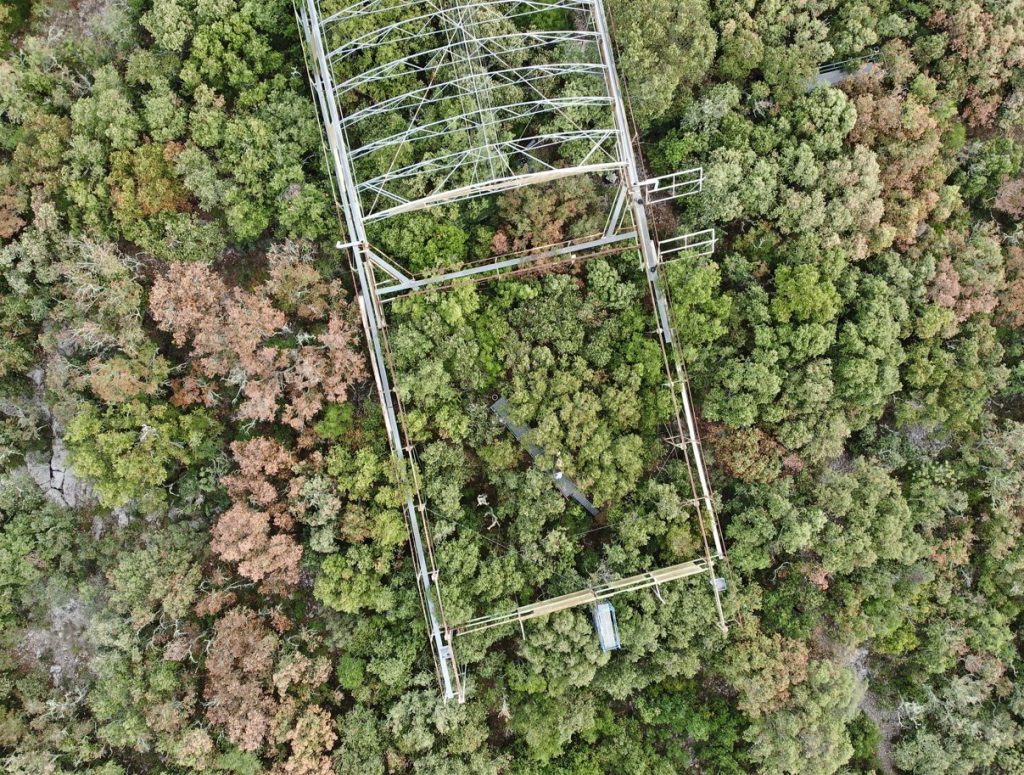
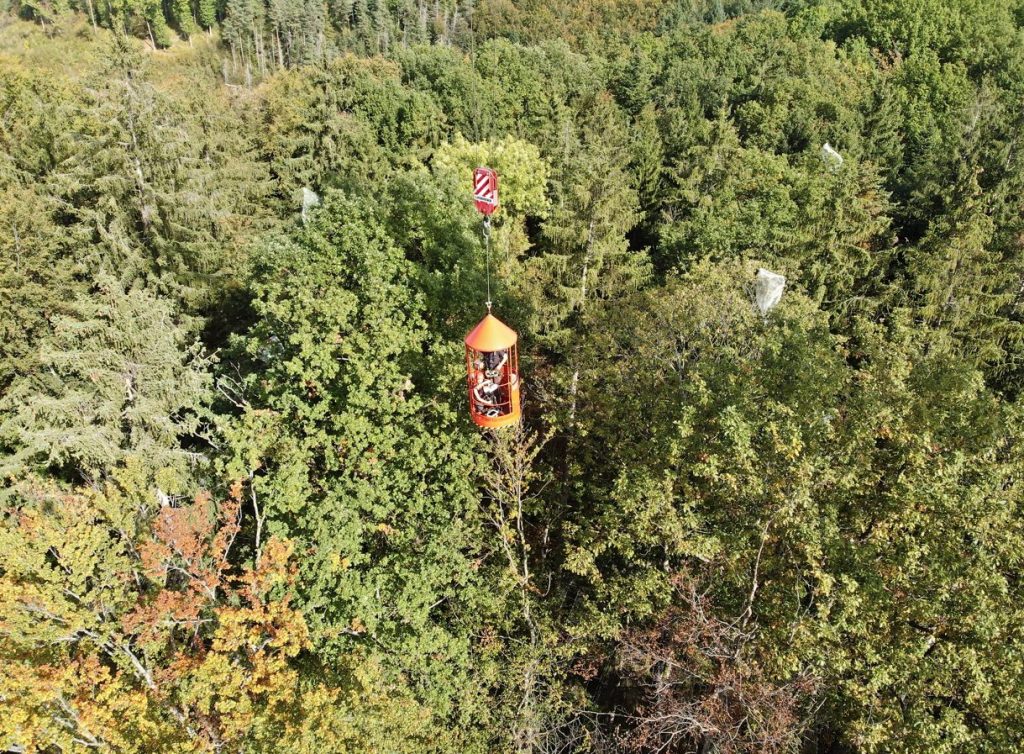
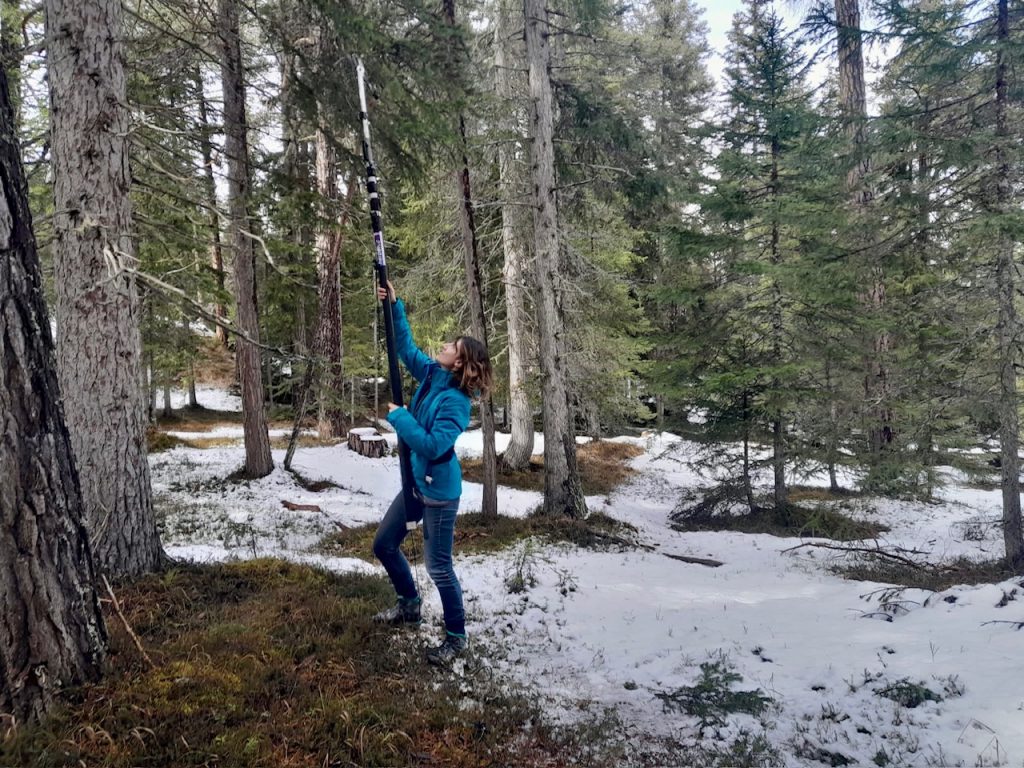
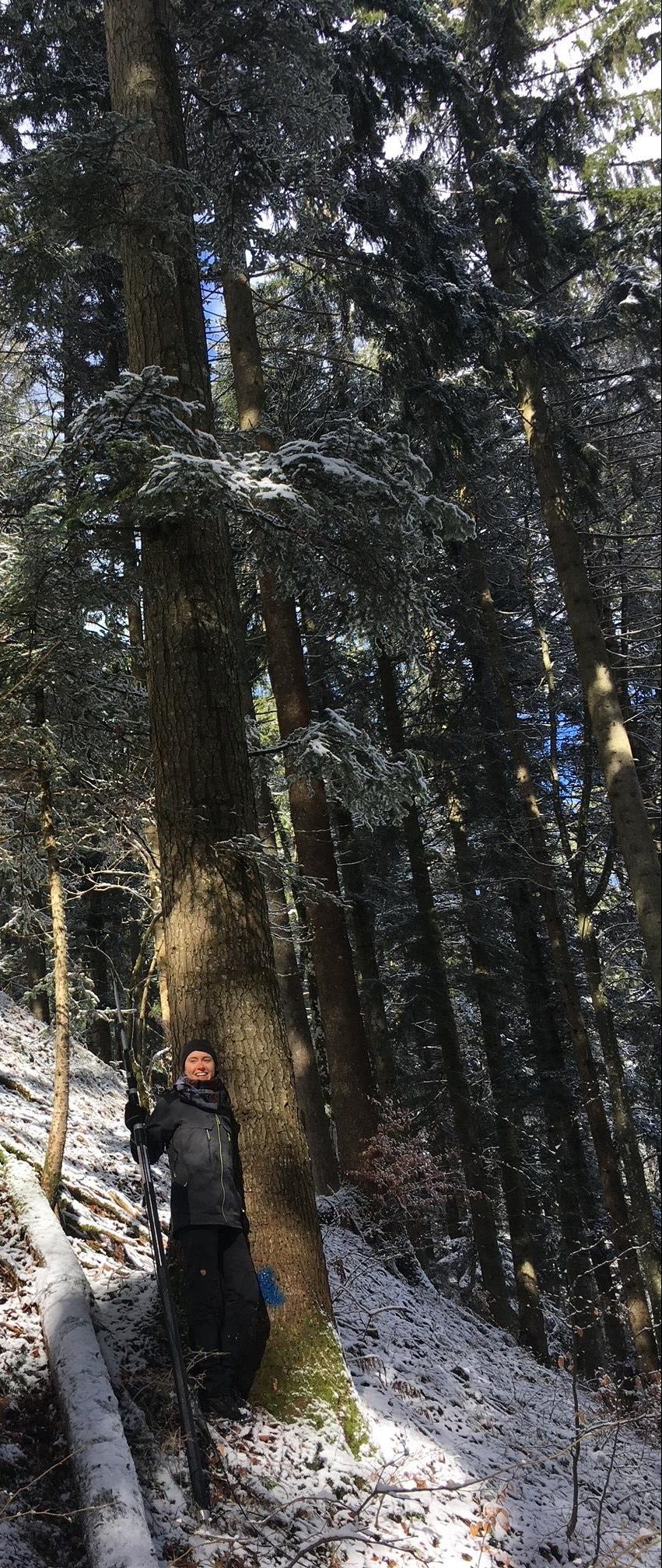
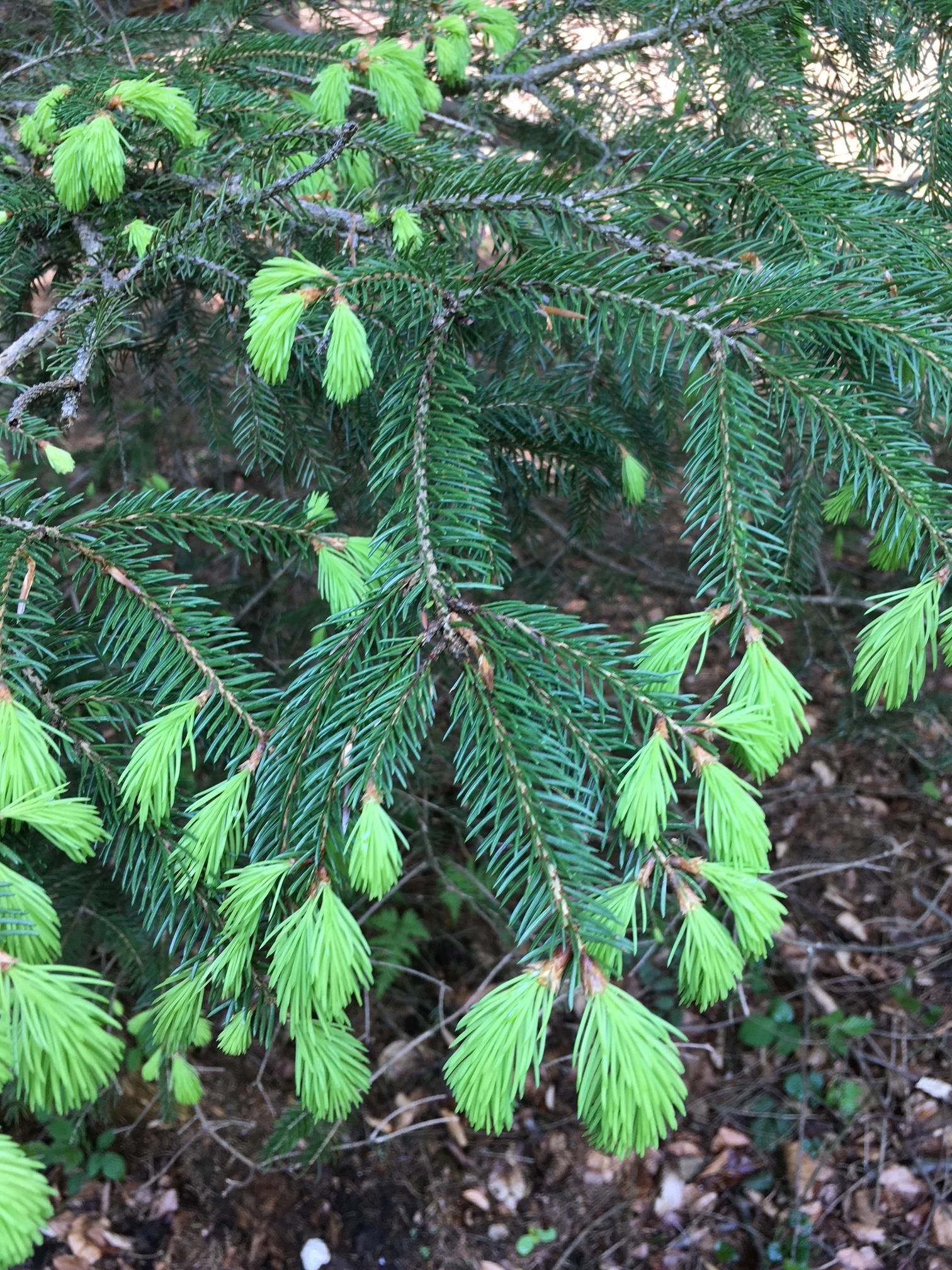

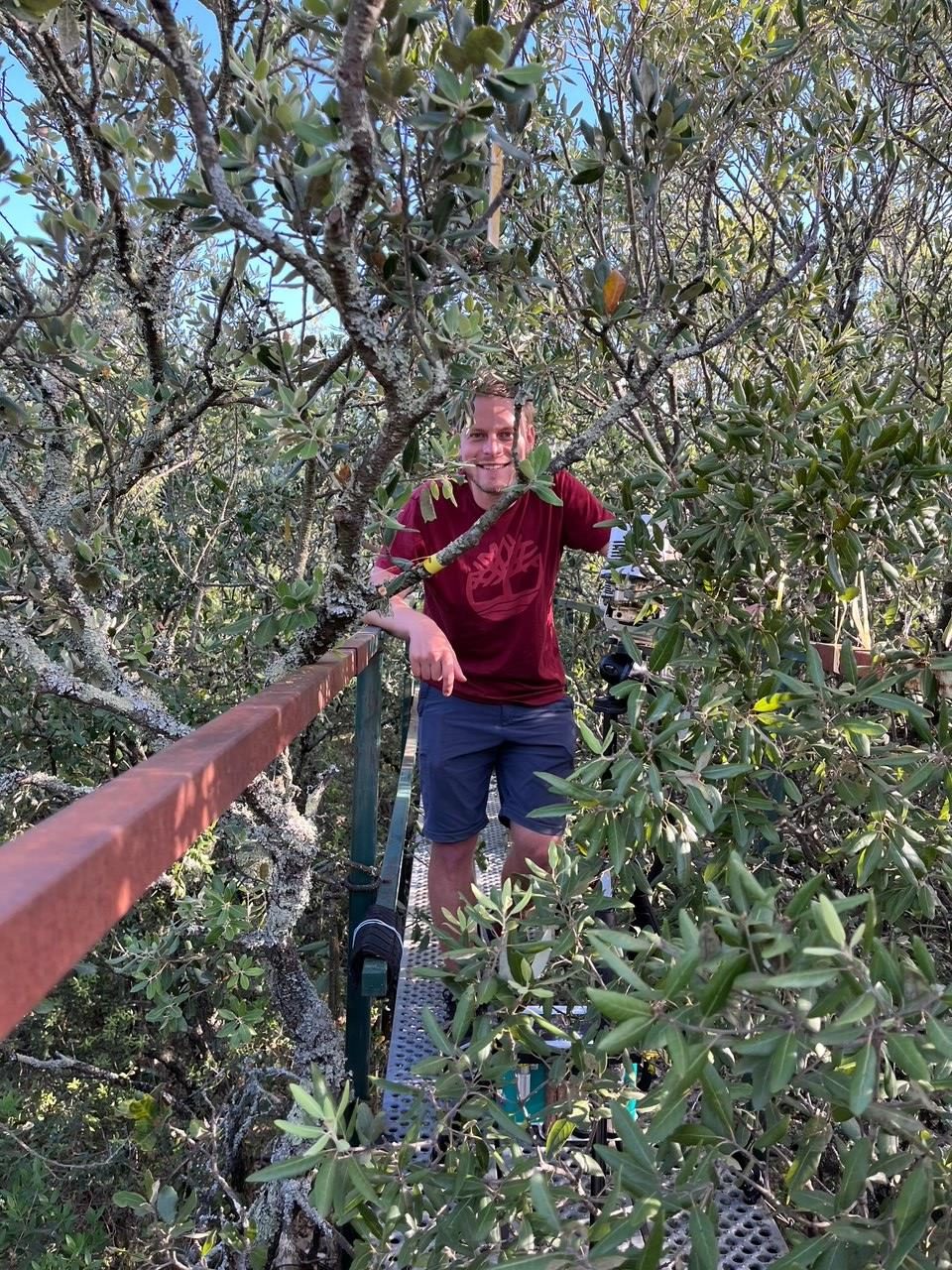
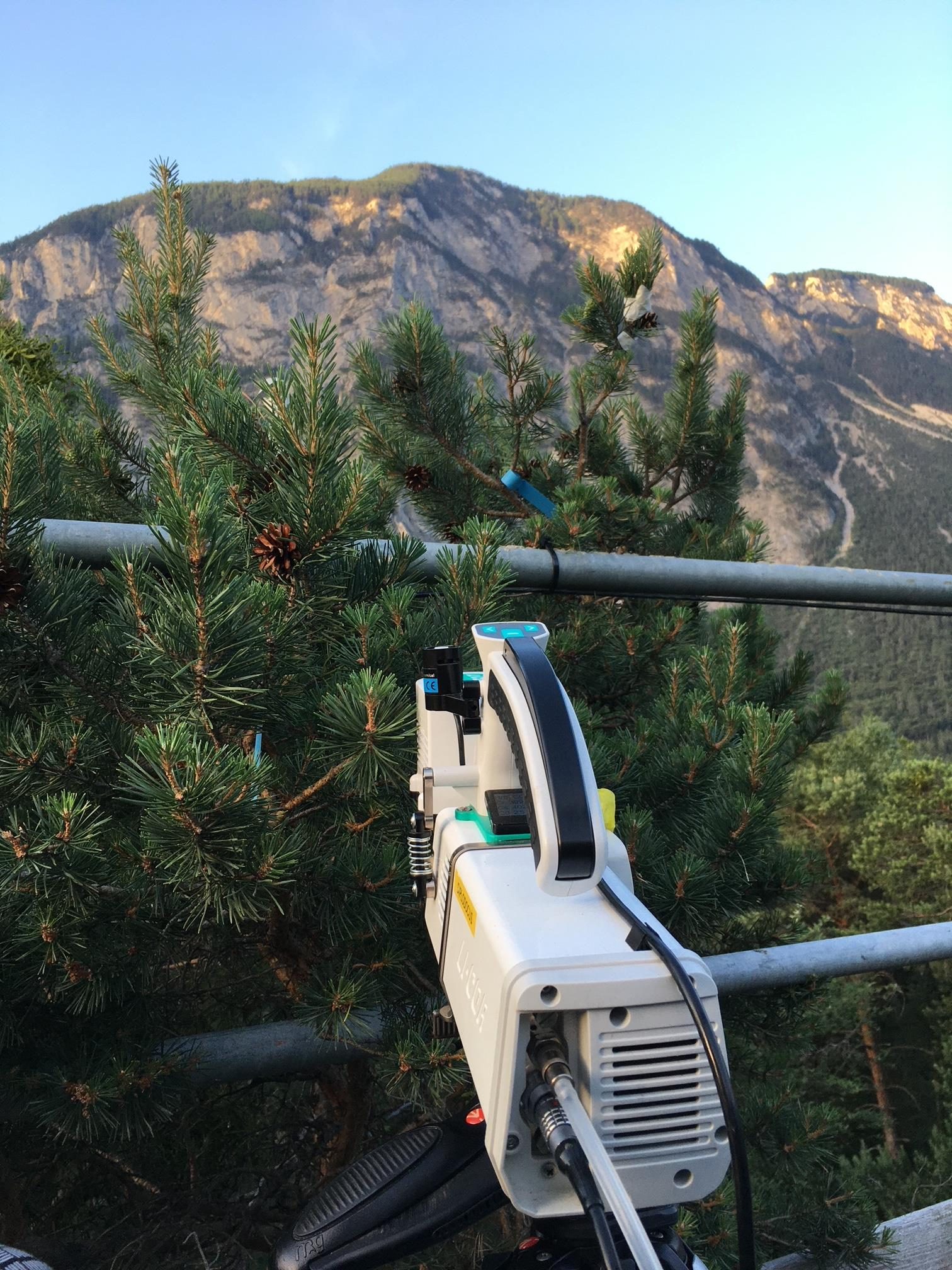

For more information contact: Alice Gauthey and Charlotte Grossiord.